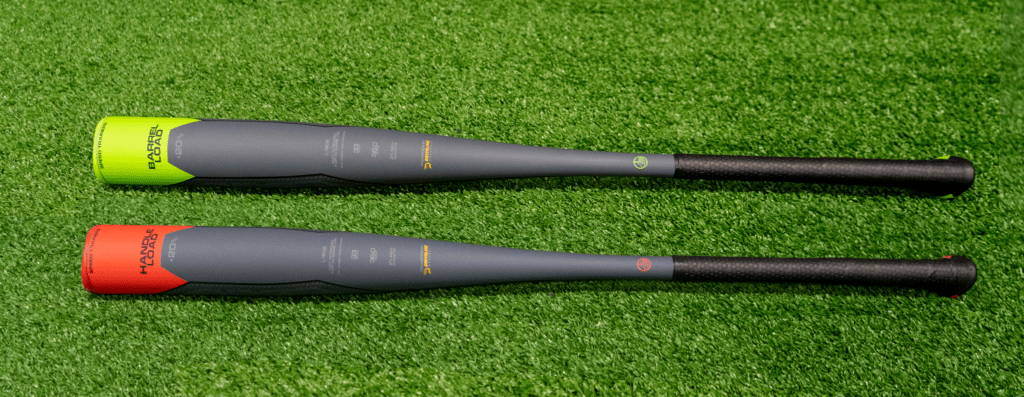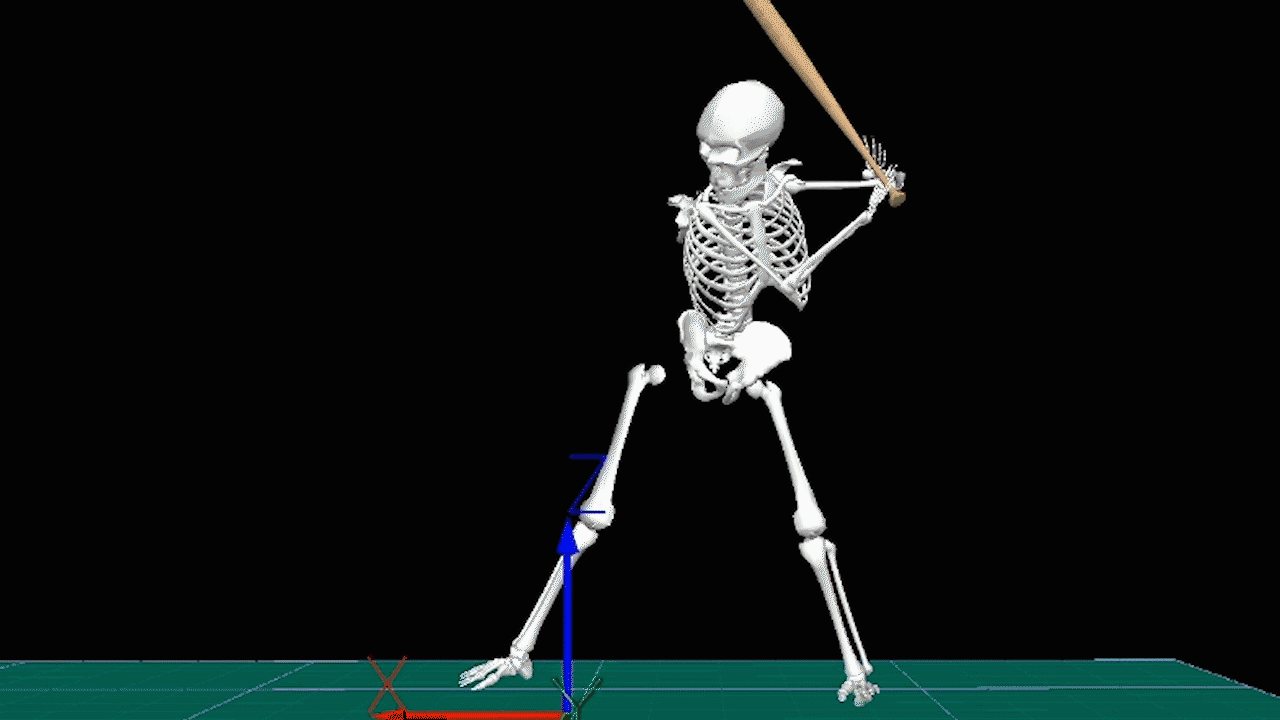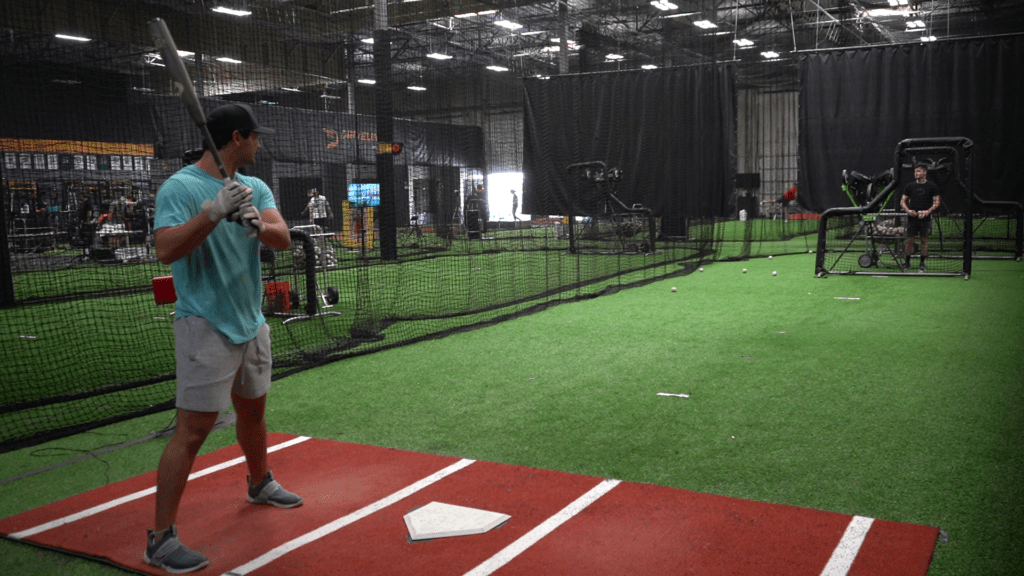Bat Fitting: How to Choose a Bat

Written by Andrew Cresci – Hitting Intern
Working at every level of baseball, one of the most common questions I have been asked by both parents and athletes alike is “what bat is best for me / my son / my daughter?”
This is a question that will elicit many different responses, but the majority tend to err on the side of “feel” as the determining factor. Now, “feel” is certainly important, but these days selecting the right bat is about more than just feel; there is a science to help determine whether our equipment is improving our swing or amplifying its flaws.
Additionally, there’s also a possibility that the 34 inch/31 ounce bat you’ve been swinging all season is not actually what the label says it is. Not all bats with identical reported lengths and weights are found to be equal in actual dimensions… So, that bulk order of fresh lumber you bought prior to the season may, in fact, not always be true to your intended implement of choice.
That is a huge amount of uncertainty to navigate with just “feel” alone.
How is Driveline bridging this gap?
Our bat fitting process begins with finding the true measurements of a bat, including both length and weight. Calculating length is as simple as it sounds, but just 41 percent of bats logged in our database measured in as advertised. The numbers get significantly worse when dealing with weight, as not a single bat in our entire system measured true to the number etched on the barrel.
That’s not ideal.
Aside from finding these “true” measurement values, we also calculate how the weight of your bat is distributed and, ultimately, how this will affect the performance of your swing.
Utilizing specialty bat fitting equipment, we are able to measure what is called the MOI (or Moment of Inertia) of each bat in our facility.

What is Moment of Inertia?
This is a measurement of how difficult it is to change the rotational velocity of an object that is rotating around a “pivot point”. (Russell. Moment-of-Inertia of a Baseball or Softball Bat.)
This means that when weight is distributed towards the end of a bat, the MOI increases. If weight is distributed down towards the handle, the MOI decreases. A lower MOI bat requires less force to rotate around a pivot point.
A great example to illustrate this concept is our overload speed trainers—handle-load vs. barrel-load.

So, if bat speed is king and you can swing a lower MOI bat faster with less force, then the choice is easy, right?
Not quite.

Foundations of Hitting
30 modules teaching you everything we know about hitting and hitting mechanics.
Lower MOI bats will see an increase in bat speed as well as adjustability because the weight distribution is placed towards the handle and, ultimately, the hitter’s body; however, these benefits will come with diminishing returns, as the lower the MOI, the less mass you’ll have present in the barrel.
Conversely, higher MOI bats will offer this greater barrel mass, which will transfer force from bat to ball at a greater rate (i.e. higher exit velocities), but can lower bat speed while also limiting adjustability.

An easy way to understand how these two values interact is by looking at Newton’s 2nd law:
Force equals mass times acceleration (F=ma).
So, if an athlete’s potential bat speed remains constant while swinging a lower MOI bat, the exit velocity of their potential batted balls would decrease, holding all else equal.
For a more in-depth dive into bat physics, Driveline hitting trainer Richard Prigatano has written a great blog that can be found here.
Bat Fitting Session
Now that we have an understanding of the true measurements of our bats, as well as the pros and cons of weight distribution, the actual bat fitting process can begin.

As always, we are looking to replicate game-like intent and environment in order to gain accurate insight into a hitter’s metrics. In other words, you won’t just take a few swings off a tee and then receive a recommendation.
Athletes will swing an assortment of selected bats with a pre-determined variance in both size and MOI. Utilizing a bat sensor, combined with batted ball data, metrics will be collected and evaluated by Driveline hitting staff in order to match a hitter to an implement that best fits their swing profile.

Become the Hitter You Want To Be
Train at Driveline
As discussed previously, it’s not just about bat speed when selecting a bat, as simply increasing the length of an implement can give your numbers in that category a little boost. An athlete’s entire swing profile needs to be taken into account.
Utilizing all this data, as well as Driveline’s extensive research, our recommendation will include several bat models that will fit the size and MOI variations that provide the best fit for the athlete.
Problem solved, right…? But what’s next?
With Driveline’s massive resources in both research and athlete data, the bat fitting process will continue to improve and develop as we seek to better understand how we can measure and push the limits of baseball performance. For now, bat fitting snapshots will provide athletes with the certainty that their equipment specifications are in line with what the knob says they are, as well as being the best match for their swing so that they can maximize performance at the plate.
Baseball has followed many of the trends present in golf, so it is easy to envision a time when a hitter may possess several different bats with ranges in MOI that would be interchanged according to the situation or the opponent’s pitching arsenal.
While some major leaguers currently deploy different bats with slight variances in size, refining this to further specialize fit for skill set and MOI range performance is one of the many potential benefits that lies in the future of bat fitting.
With the technology available to us, we can finally take the guesswork out of equipment selection and instill hitters with the confidence that comes from knowing they are bringing the right gear to the plate. After all the work you have put in to improve your game, it only makes sense that your bat puts you in the best position to succeed and showcase your ability.
GET IN TOUCH
Interested in a bat fitting session?
- Bat Fitting Snapshot Sign Up: Fill out with this link
- Email: support@drivelinebaseball.com
- Phone: 425-523-4030
Comment section